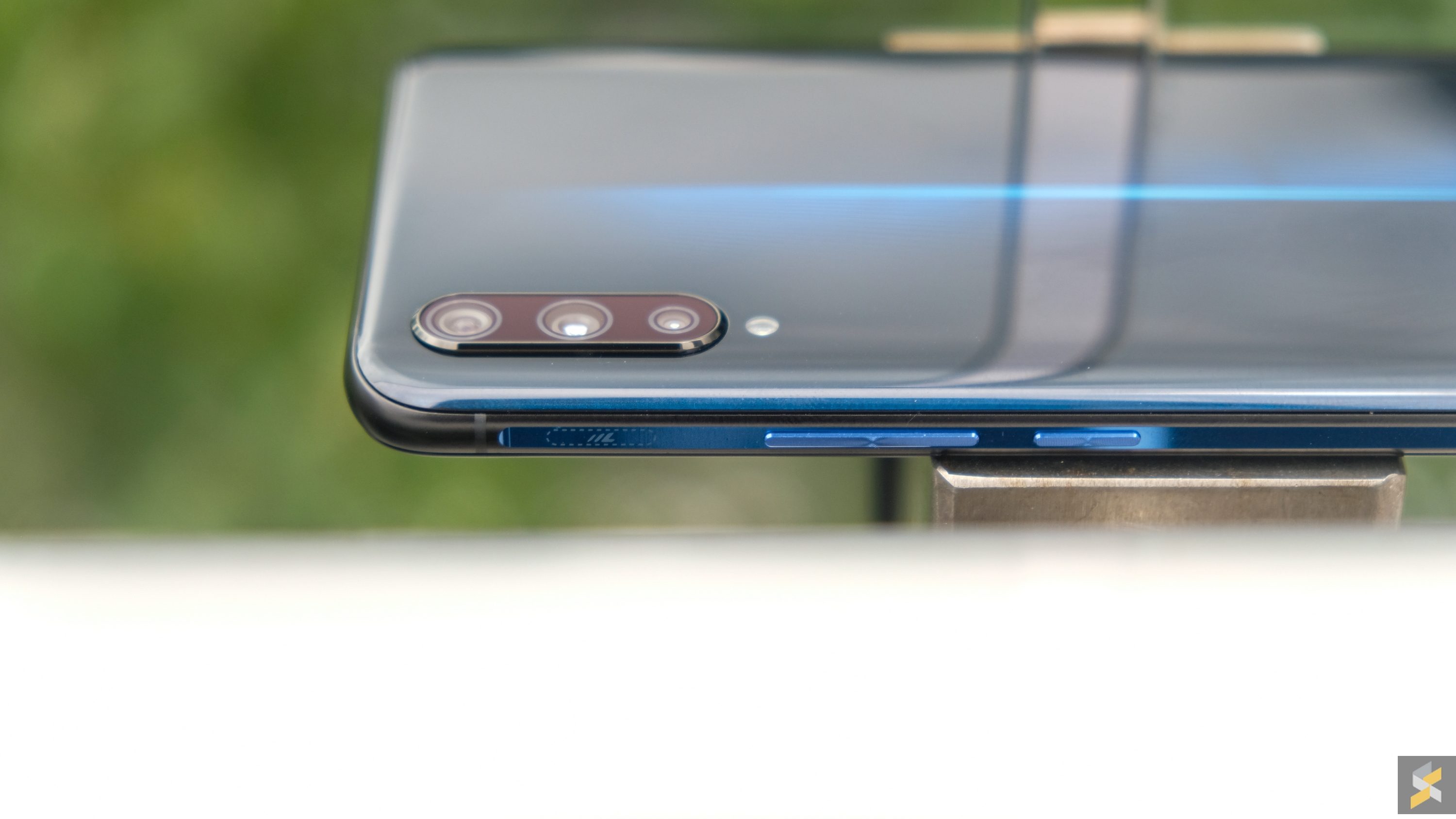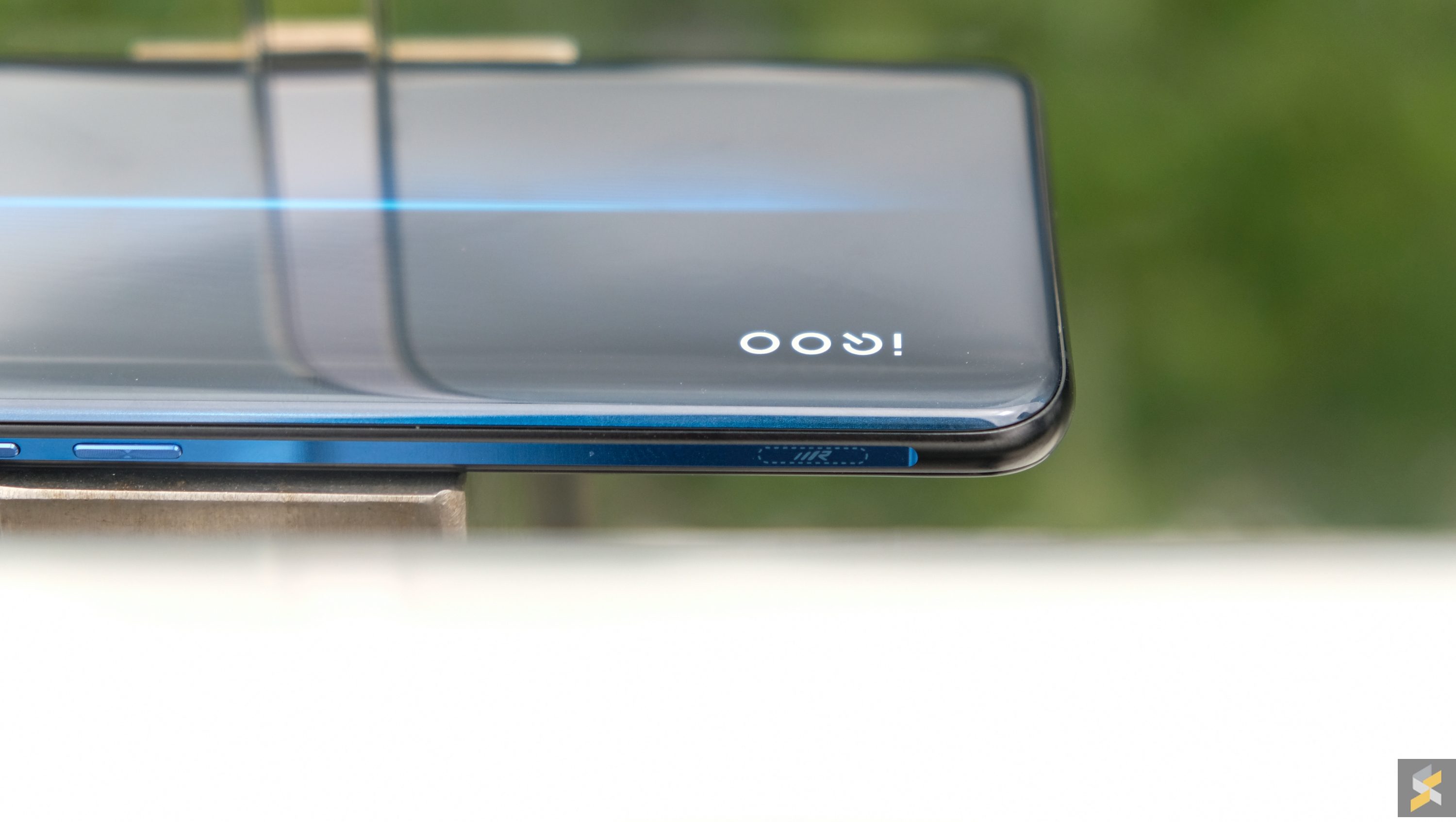Vivo flew me out to Shanghai this week to attend the Mobile World Congress that was taking place because they wanted to show us some of the cool stuff that they were debuting at the show. But, before we were blown away by their insane fast-charging solution, Vivo Malaysia let me check out something I thought was even QOOL-er. It was their new gaming smartphone, the iQOO, and I was surprised because it looked like Vivo were finally making a device that someone like me would be interested in: A bang-for-buck handset.
I know, Vivo making a bang-for-buck smartphone isn’t something you see every day. They’re better known for stuff that involves selfies, local celebrities, AI beautification, and so many billboard ads. Which is why their devices tend to have a premium over the others in its class–but with the iQOO it looks like they’re flipping the script. In fact, this phone has a lot of the hallmarks for a really good budget device.
Let’s start with the specs
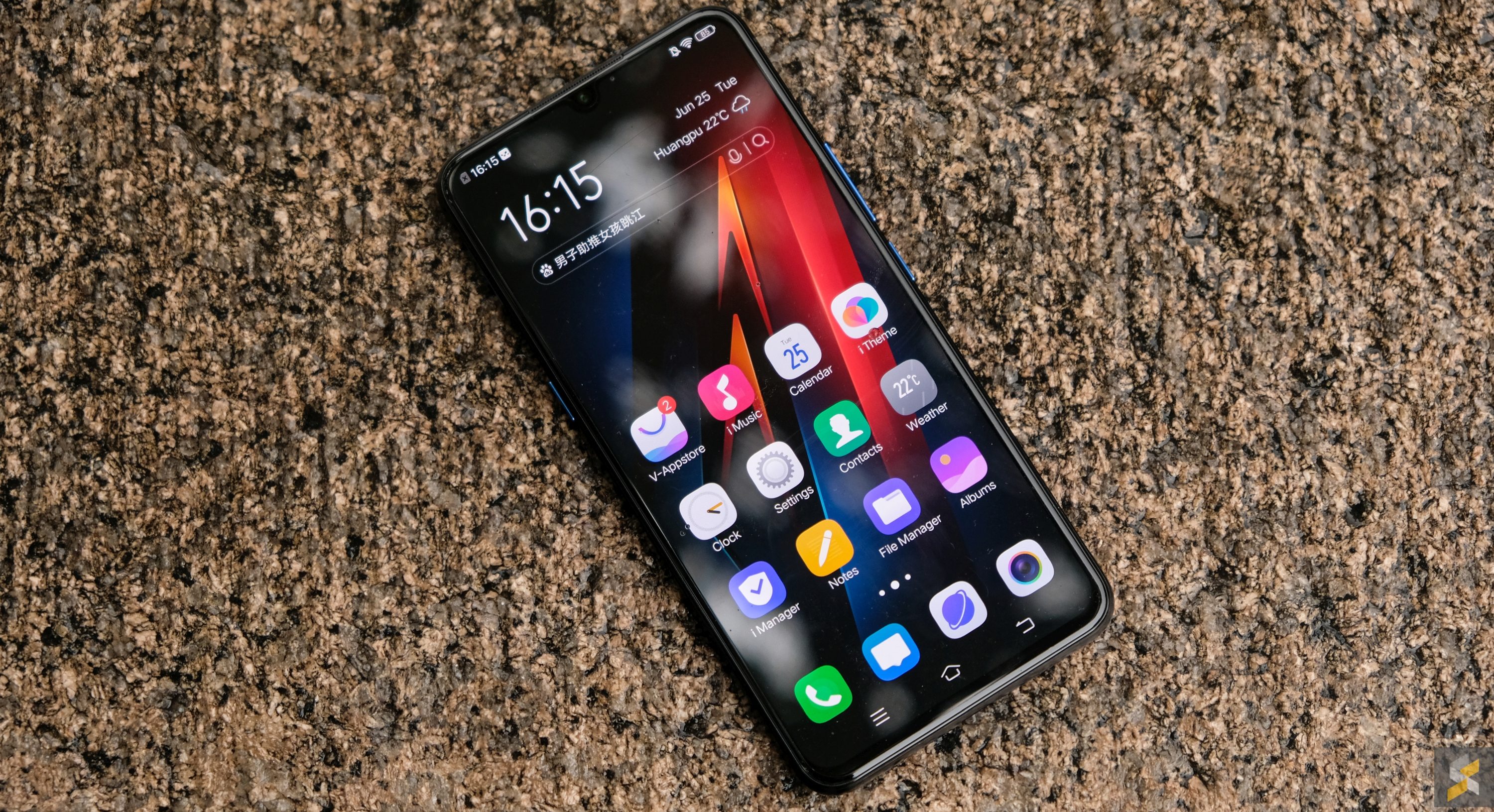
The Vivo iQOO is designed to be a really capable flagship smartphone in terms of performance. So, at its heart it is powered by Qualcomm’s Snapdragon 855 flagship processor that you can mate with up to 8GB of RAM and 256GB of internal storage. And, if that’s not enough, you can also opt for the iQOO Monster which has a whopping 12GB of RAM instead. The biggest downside when it comes to memory is the fact that it doesn’t support microSD memory expansion.
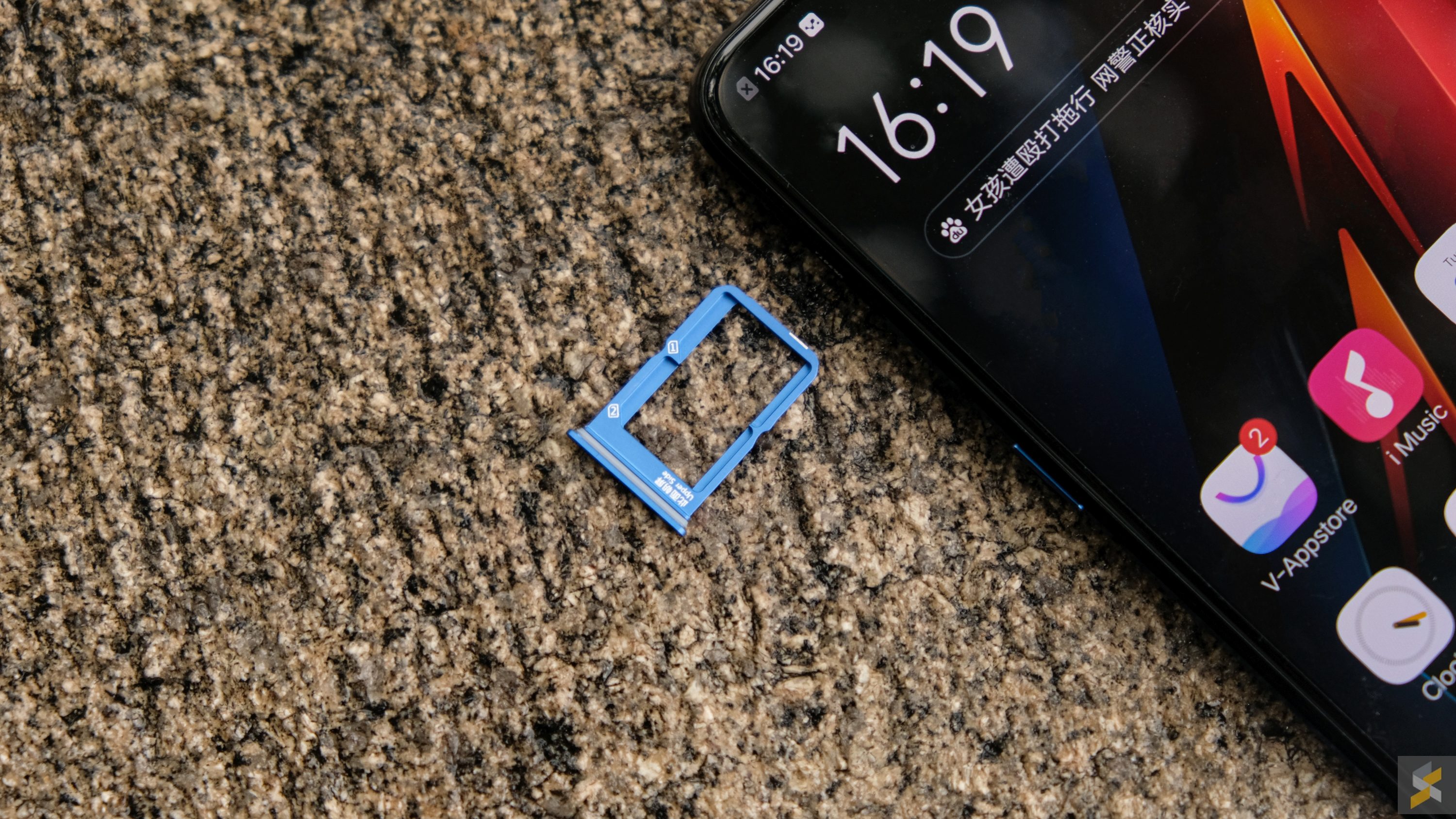
Up front, you’re getting a 6.41″ Full HD+ display with a notch in it that has generally 2019-approved slim bezels surrounding it. The panel itself looks pretty good, but there isn’t any of that fluid 90Hz/120Hz fast refresh rate goodness–which isn’t surprising since it’s a budget device after all.
It’s also got a large 4,000 mAh battery keeping the lights on so you can expect some solid battery life out of this smartphone.
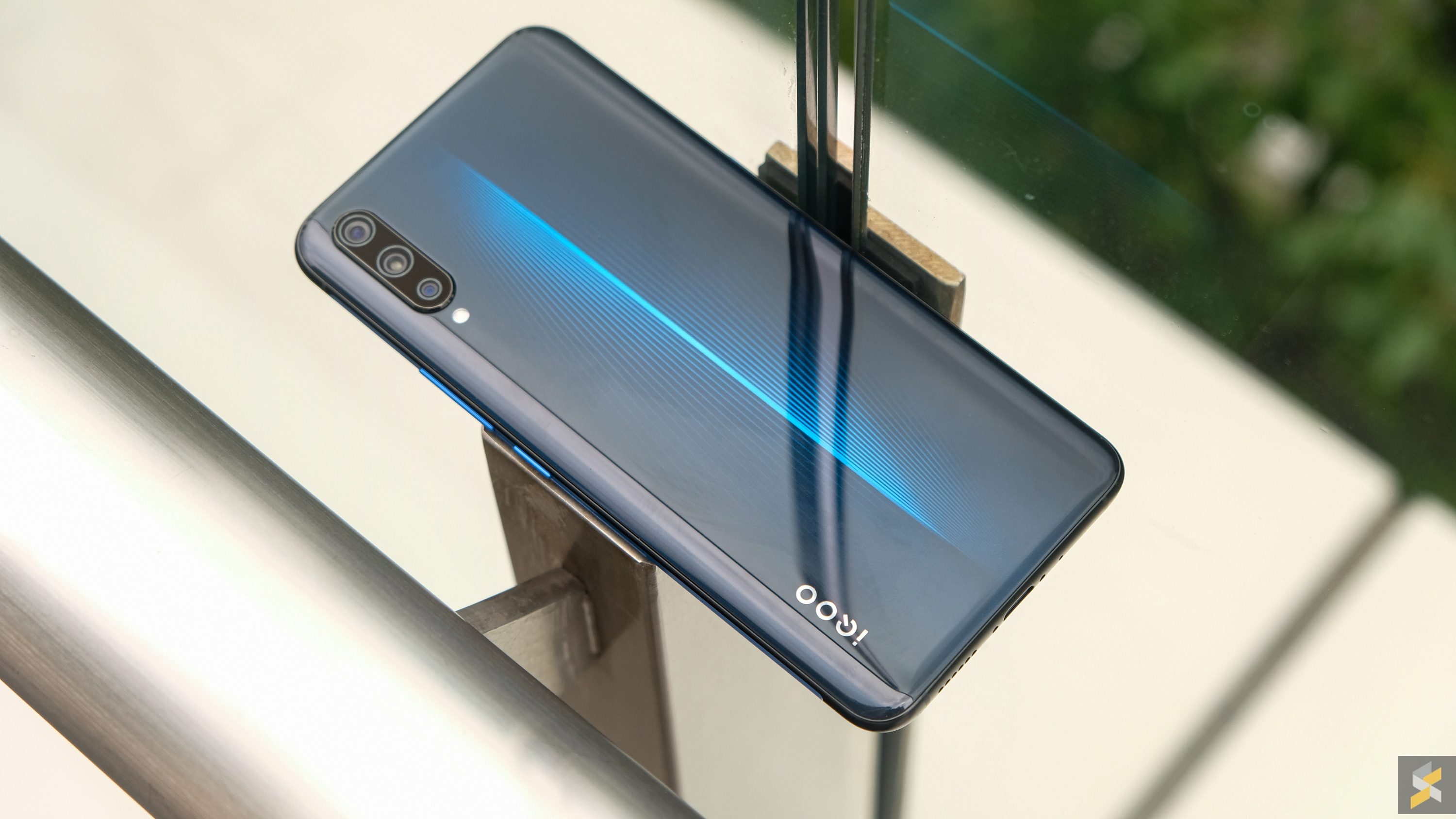
While I wasn’t able to confirm Vivo’s battery life claims because of the limited time I had with the phone, I can say that the iQOO is a very solid performer when it comes to getting stuff done. I didn’t get any lag spikes, or run into any performance issues while I was putting the phone through its paces. Even when I ran intensive games the phone ran like butter–but I guess that shouldn’t be surprising since Vivo claims this phone benches over 400,000 points in Antutu.
I also like the way the phone feels in the hand. Yes, Vivo goes a little more down the flamboyant path with the design, but the device is nicely weighted and has a premium feel to it thanks to the glass back and chamfered sides. Plus, I don’t think the design is too in your face, so the fact that it’s a gaming phone which isn’t garish means it gets a plus in my books.
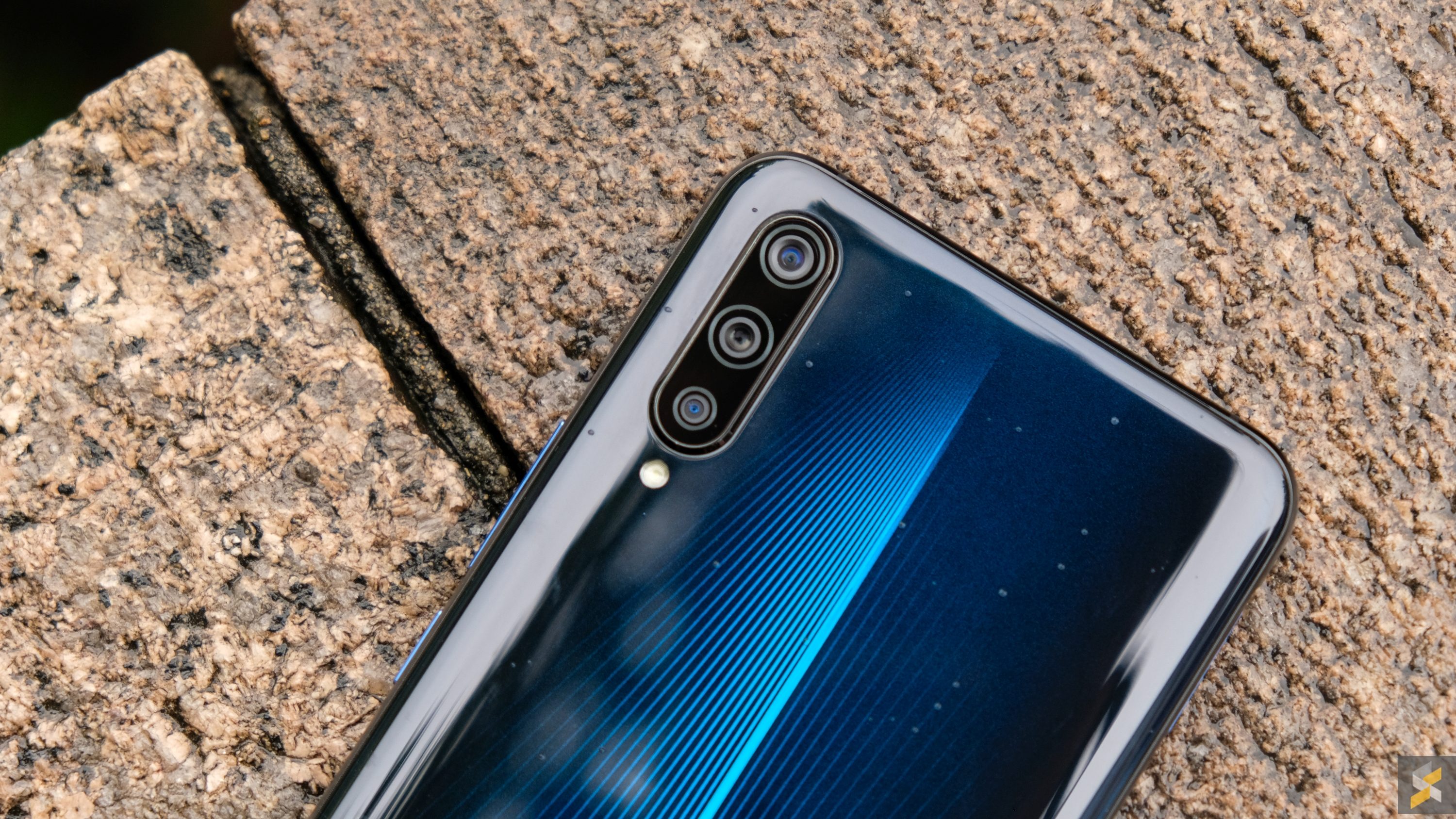
Then, there’s the camera
OK, let’s be real. The camera is probably the first place every manufacturer looks to save a few bucks when they’re trying to make the best bang-for-buck device they can. And the iQOO isn’t really an exception.
But the key words here are “isn’t really” which means that I think the iQOO has a pretty decent camera. On the hardware side of things, you’re getting a triple camera setup at the back: A main 12MP f/1.79 aperture camera, an ultra wide 13MP f/2.4 aperture camera and a 2MP f/2.4 aperture depth camera. Up front, the smartphone sports a 12MP selfie shooter with an f/2.0 aperture lens. Not world-beating specs, but not too shabby either.
Vivo brought us around Shanghai to shoot some of the city’s beautiful sights, and I have to say that the iQOO’s camera did better than expected thanks to a snappy camera UI and a built-in night mode that helped out when to going gets dark.
I am a little disappointed that the ultra-wide camera isn’t able to access night mode for better low light performance, but beyond that the iQOO has a serviceable camera at worst–and when it comes to a phone like this, that’s all you really need. That’s because camera plays second fiddle to what the iQOO is really about. You see, this phone, is supposed to be a gaming phone.
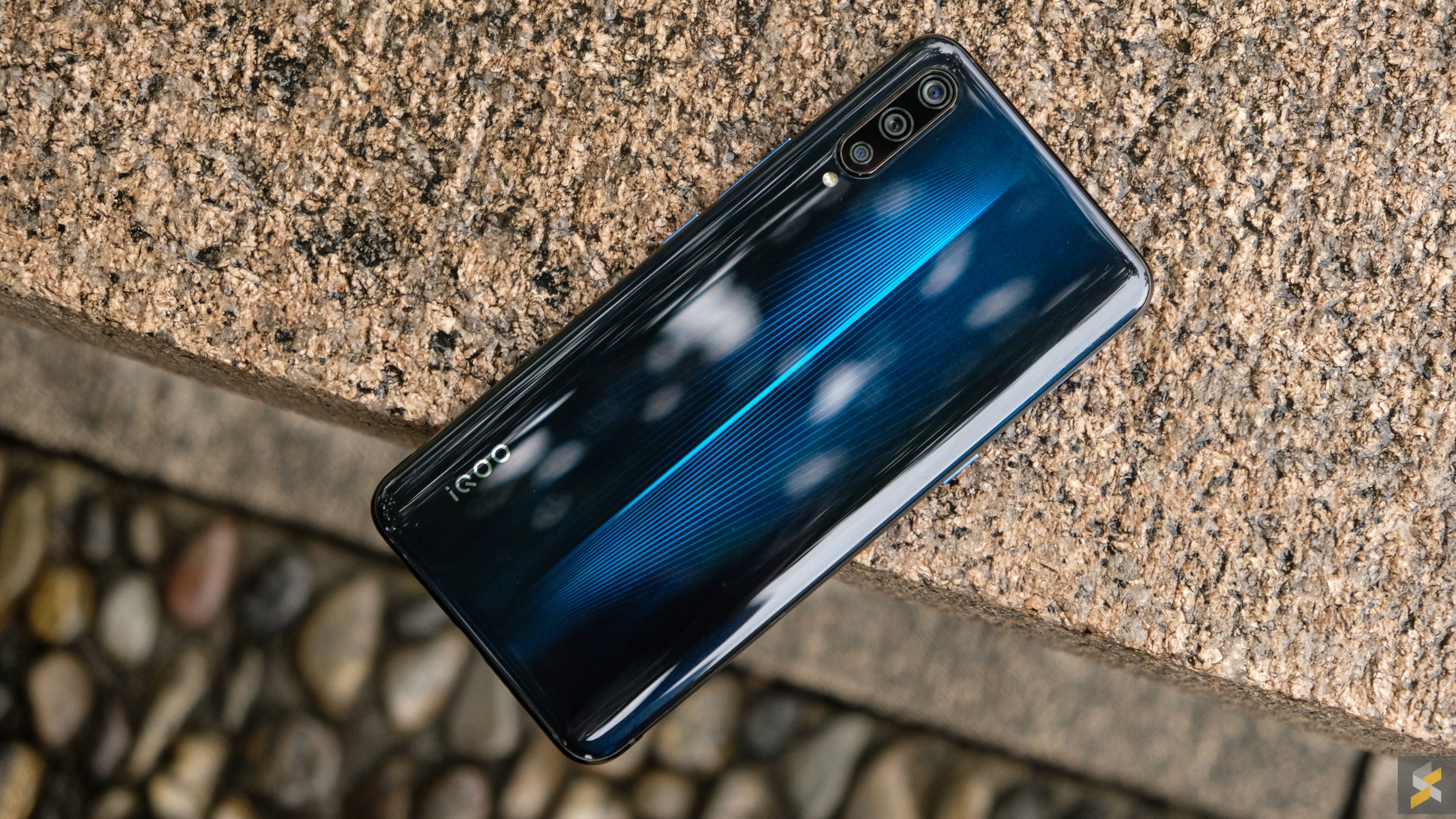
It’s a gaming phone not a “gaming” phone
Yes, it’s designed to be a gaming smartphone, but it’s not a gaming smartphone the way a lot of these affordable “gaming” devices are. It’s not just like “oh I have a flagship processor, big battery and lots of RAM therefore I am gaMInG pHoNE“. That’s because the iQOO actually has gaming-centric features built in both the hardware and software.

On the software side of things, it has a game booster (AI Turbo) not unlike what we’ve seen from the likes of Samsung, where it’s able to block notifications, prioritise performance, etc. But, on the hardware side of things, the iQOO features something we first saw on the Asus ROG Phone: It has “AirTriggers”. Well, that’s not what Vivo calls them, but they function very similarly where one side of the phone has two pressure sensitive spots that you can tap on to use as shoulder buttons while you’re in game. The only difference between these and the ROG Phone’s AirTriggers is that the iQOO actually does it way better.
I tested the ROG Phone’s Air Triggers way back when and those were always a little harder to trigger than I would have liked. On the iQOO, the shoulder buttons are almost perfectly weighted. They’re super easy to accurately hit, and you can remap them through the game booster software thing to touch a specific section of the screen so they’re endlessly customisable based on your game and needs.
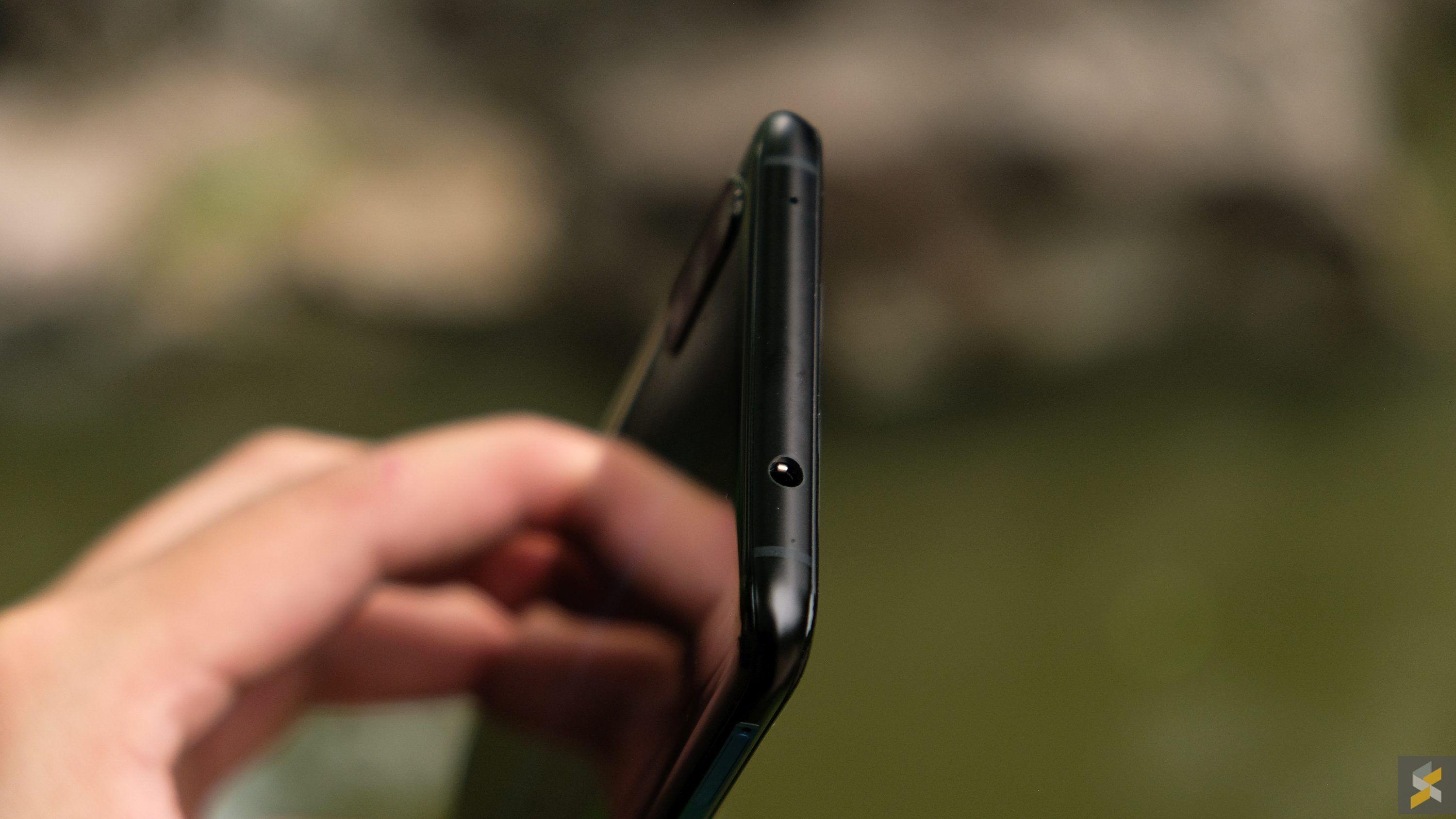
It’s also got a headphone jack built in, and a reasonably loud speaker for a mono unit. What’s more, the device also has a thermal heat pipe plus multi-layer graphite film combo for better thermal efficiency so your phone stays as cool as it can even through intensive gaming sessions. The only real gaming feature that it is missing here is a fast refresh rate, but again this isn’t a phone that’s designed to be some high-end Galaxy S10 beater. It’s designed to be a bang-for-buck budget smartphone that has meaningful gaming features built into it. And when you look at it that way, it’s hard to fault it.
Except, I am going to fault it for one thing
And that’s its Android skin.
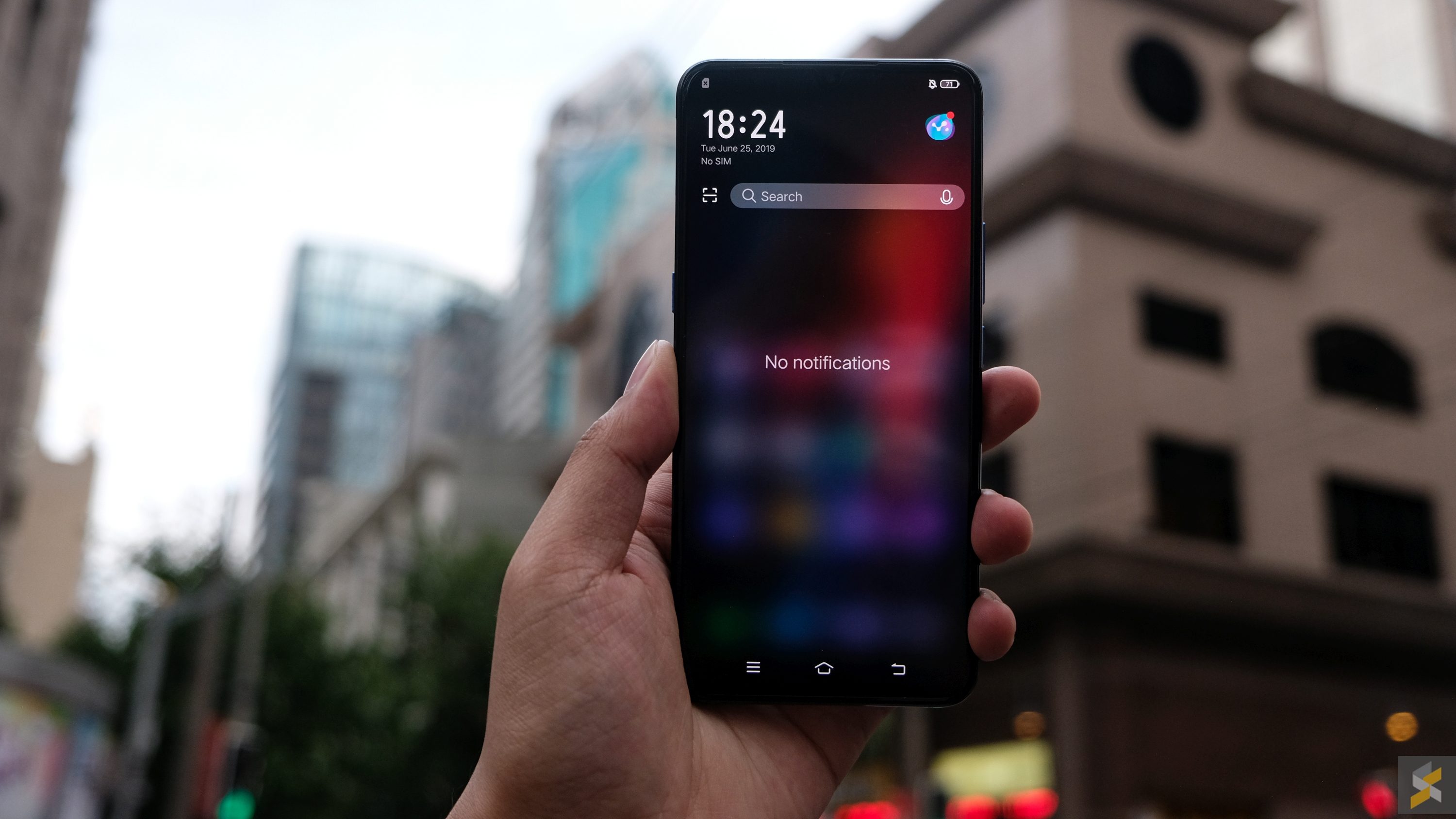
Gah, I hate Funtouch OS so much. It’s definitely one of my top-five least favourite Android skins, and that’s because I love the way Android looks and works right now. It’s clean, functional and aesthetically pleasing in a very modern sort of way.
But when you use Funtouch, you don’t get a sense of that at all. It feels and looks like the dark ages of Android skinning where manufacturers tried their hardest to make it look like an iOS rip-off. It’s cartoony and can be awkward to use which just ruins the experience of this otherwise solid smartphone. And that to me feels like a travesty.
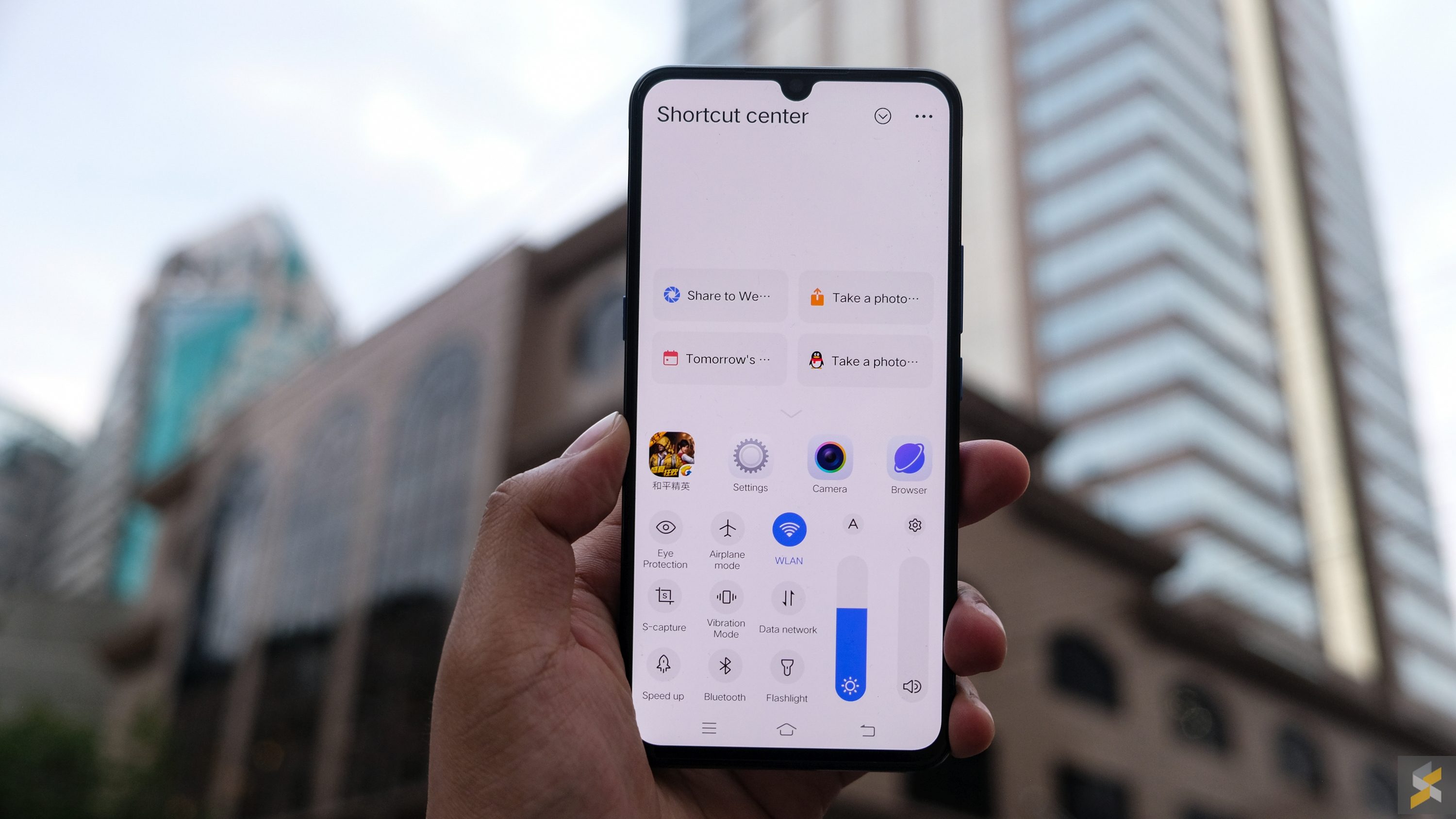
But, maybe that won’t matter at all because this phone isn’t officially available in Malaysia. So, even though it has prices starting for just over RM1,800 here in China for the 6GB+128GB variant, you may not see it launch locally at all. And maybe the fact that you can’t buy a phone that’s this good at what it was designed to do–maybe that’s the real travesty here.
Photography by Rory Lee with the Fujifilm X-T20.



















